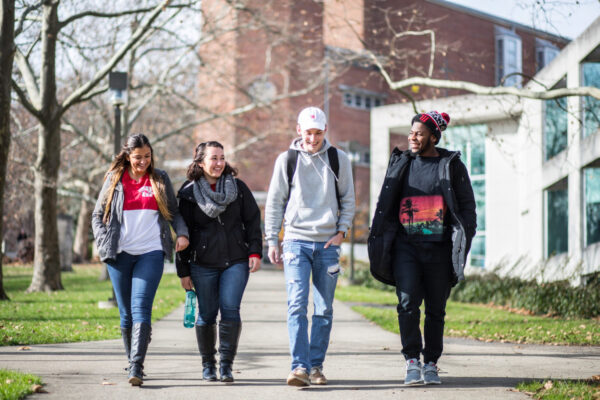How to Reimagine Student Loan Servicing and Repayment
Title: Protecting Borrowers and Advancing Equity: Systemic Solutions to Improve Federal Student Loan Servicing and Repayment
Source: National Association of Student Financial Aid Administrators
The National Association of Student Financial Aid Administrators (NASFAA) recently released a new report providing systemic solutions to improve student loan repayment in the United States.
Noting that the level of outstanding student debt—$1.6 trillion—has reached the level of a “national crisis” according to some policymakers, the call to reimagine the student loan system at the federal level is gaining traction with Congress and the Biden administration. The authors outline five major goals for their recommendations to influence policy change:
- Strengthening and simplifying income-driven repayment programs
- Reexamining the federal student loan system as a direct-to-borrower federal loan program
- Developing policies that help and incentivize borrowers to meet obligations and provide resources to borrowers who need assistance
- Creating policies that assist, rather than punish, struggling borrowers
- Promote progressive, not regressive, policies for low income students
The authors provide 12 recommendations to improve student loan servicing, ranging from movement to a single servicing system to requiring all servicers to process Public Service Loan Forgiveness. The report then suggests eight top-level recommendations for student loan repayment, including an advocacy for consolidating all existing repayment plans into three options: a single income-drive repayment plan, a 10-year repayment plan, or an extended 25-year repayment plan. Finally, the report offers 12 recommendations to improve the student loan default rate, beginning with automatically enrolling borrowers into an income-driven repayment plan before they enter default.
As the conversation related to student debt, student borrowing, and student repayment continues, the report ends with a call to action to policymakers to address the current student loan servicing and repayment system, noting that these 31 recommendations will advance the conversation towards achieving a student loan system that works for all borrowers.
To read the full report, please click here.
—Ben Cecil
If you have any questions or comments about this blog post, please contact us.


